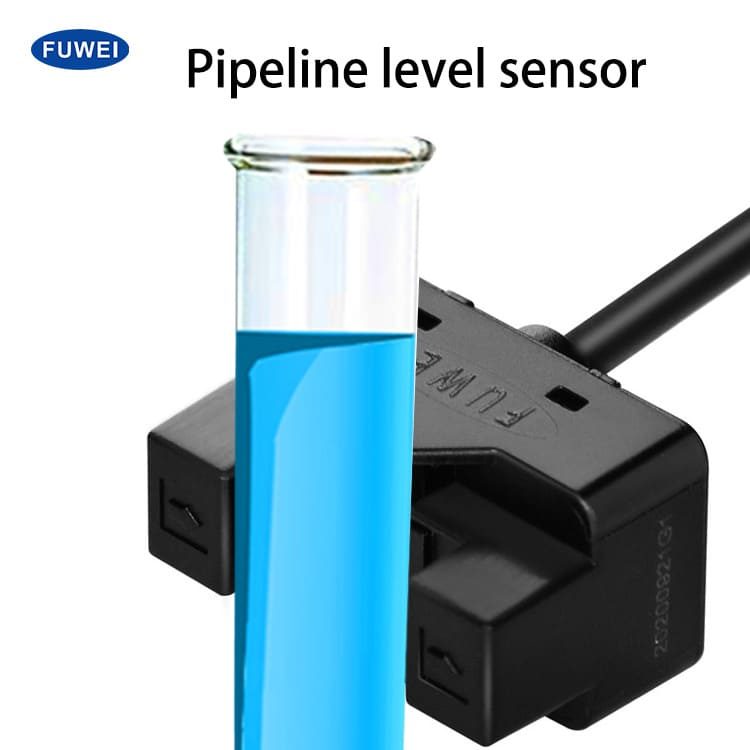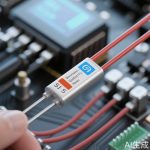In an era where data drives decisions, the humble temperature sensor module has emerged as an unsung hero across countless industries. These compact yet powerful devices are the backbone of systems requiring precise thermal monitoring, from smart homes to industrial automation. As technology continues to evolve, the demand for accurate, reliable, and efficient temperature sensing has never been higher. Temperature sensor modules are not just components; they are enablers of innovation, ensuring safety, optimizing performance, and enhancing user experiences in ways previously unimaginable.
What exactly are temperature sensor modules? At their core, these modules integrate sensors, signal conditioning circuits, and sometimes microcontrollers to provide a seamless interface for measuring temperature. Unlike standalone sensors, modules offer plug-and-play functionality, reducing development time and complexity for engineers and hobbyists alike. They come in various forms, including digital, analog, and wireless variants, each tailored to specific applications. Whether it’s monitoring the temperature of a server room or ensuring the ideal climate for agricultural produce, these modules deliver critical data with remarkable accuracy.
The applications of temperature sensor modules are as diverse as they are impactful. In healthcare, they are integral to medical devices such as incubators and sterilization equipment, where even a slight deviation in temperature can have serious consequences. In the automotive industry, they help regulate engine temperature and enhance climate control systems, contributing to both efficiency and passenger comfort. Smart homes leverage these modules to create energy-efficient environments, adjusting heating and cooling based on real-time data. From consumer electronics to aerospace, the reach of temperature sensor modules is virtually limitless.
One of the most significant advancements in this field is the integration of IoT (Internet of Things) capabilities. Modern temperature sensor modules can now communicate wirelessly, allowing for remote monitoring and control through cloud-based platforms. This connectivity enables predictive maintenance in industrial settings, where potential issues can be identified before they escalate into costly failures. In agriculture, IoT-enabled sensors help farmers monitor crop conditions in real time, optimizing irrigation and reducing waste. The marriage of temperature sensing with IoT is paving the way for smarter, more responsive systems across the globe.
Despite their sophistication, temperature sensor modules are becoming increasingly accessible and affordable. Open-source platforms like Arduino and Raspberry Pi have democratized their use, empowering enthusiasts and professionals to incorporate temperature sensing into their projects with ease. Communities and online resources provide ample support, fostering innovation and collaboration. This accessibility is driving a new wave of creativity, from DIY weather stations to advanced environmental monitoring solutions, proving that the potential of these modules is limited only by imagination.
Looking ahead, the future of temperature sensor modules is bright. Advances in materials science and nanotechnology promise even smaller, more efficient, and more accurate sensors. Machine learning algorithms are being integrated to analyze temperature data patterns, enabling smarter automation and decision-making. As sustainability becomes a global priority, these modules will play a crucial role in optimizing energy usage and reducing carbon footprints. The evolution of temperature sensor modules is not just about better technology; it’s about building a safer, more efficient, and connected world.
In conclusion, temperature sensor modules are far more than mere components; they are catalysts for progress in a data-driven age. Their ability to provide precise, reliable thermal monitoring makes them indispensable across industries, while their evolving capabilities continue to unlock new possibilities. Whether you’re an engineer, a entrepreneur, or simply a tech enthusiast, understanding and leveraging these modules can open doors to innovation. As we move forward, one thing is clear: the impact of temperature sensor modules will only grow, shaping the future of technology in ways we are only beginning to imagine.




Leave a Message